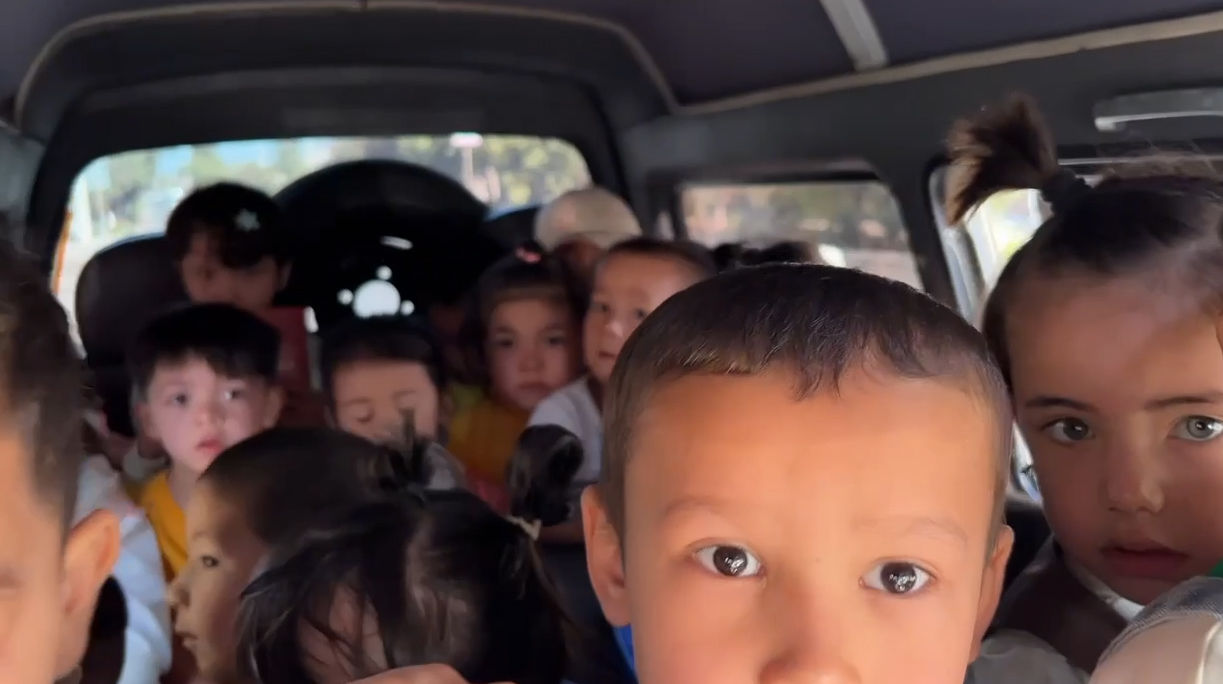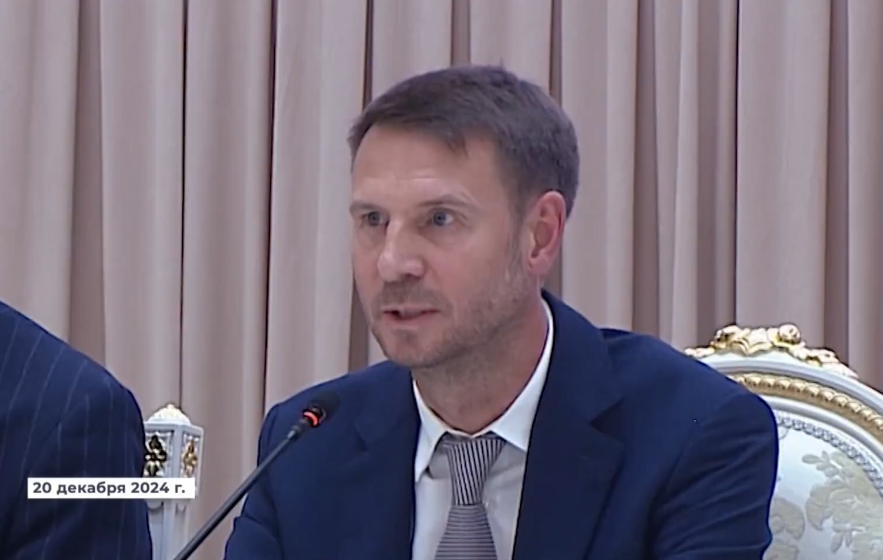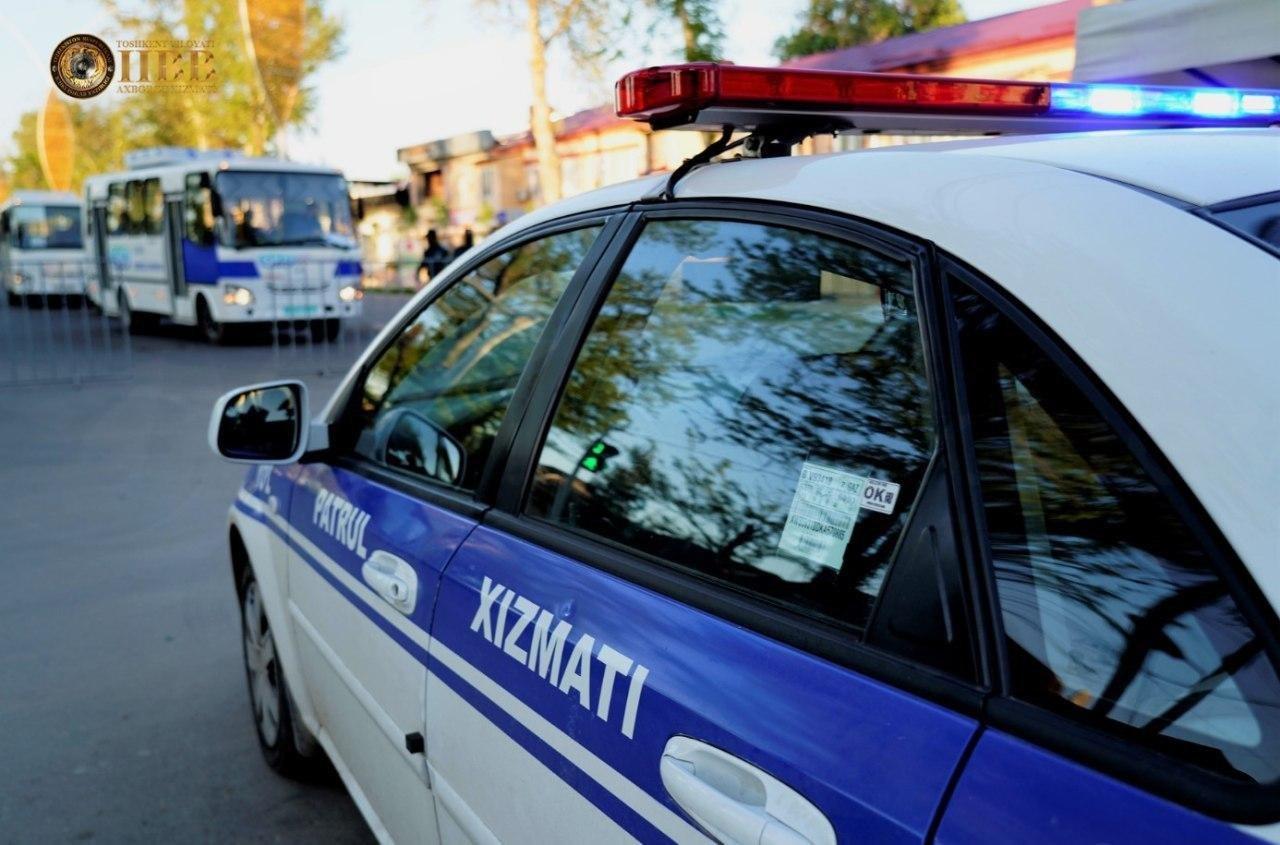This article is also available in:
Русский (Russian)
Uzbek
During a recent raid in the Andijan region, a traffic inspector stopped a “Damas” vehicle. At first glance, there was nothing unusual about it, except for one critical detail – there were 32 children inside. The driver tried to explain that he was simply taking the children to kindergarten, but this did not save him from being fined for violating passenger transportation regulations.
This incident highlights a serious problem that has long become commonplace in the regions of Uzbekistan. Drivers often pack “Damases” full of children, collecting them from across the neighborhood and transporting them to schools or kindergartens located far from their homes. This transport has become a sort of “school bus on a budget” for many families, who may not realize how dangerous these trips are.
Why is this dangerous and how could it end?
Transporting such a large number of children in a small vehicle like the “Damas” is extremely unsafe. First and foremost, these vehicles are designed to carry no more than 8 passengers, let alone 32. An overloaded vehicle loses maneuverability, especially on poorly maintained roads or in situations requiring sudden braking. In the event of an accident, the number of casualties could be enormous, and even a minor collision could turn into a tragedy.
Furthermore, these trips often take place without observing basic safety measures. The children are not strapped in with seatbelts, and the vehicle is not equipped with child safety seats, making them even more vulnerable. Drivers who overload their vehicles in this way put the lives of their passengers at risk for the sake of saving time and money.
A Systemic Problem
What’s worse is that this situation is not unique and is mainly observed in rural areas of Uzbekistan. “Damas” drivers often take on the role of school buses, gathering children from across the area. The root of the problem lies in the lack of convenient public transport and the distance of schools from residential areas. Parents are forced to rely on such transportation because alternative options often simply do not exist.
Instead of investing in safe and convenient transportation routes for children, the problem is being addressed through improvisation. This creates systemic risks for all road users.
Necessary Measures
To prevent such incidents from recurring, it is important to focus on the safety of child transportation. Stricter control over the enforcement of child transportation regulations is needed, especially in rural regions. The introduction of specialized school buses or the organization of new public transport routes could be a solution to this issue.
Child safety on the road must be a priority, and cases like the one in Andijan should serve as a wake-up call for all road users and regulatory authorities to recognize the need for change.
The text has been translated by AI. For more accurate information, please refer to the Russian version of the article











